
Physical Characteristics
The Red-Billed Quelea is a relatively small bird, measuring approximately 12-13 cm (4.7-5.1 inches) in length and weighing around 10-15 grams (0.35-0.53 ounces). Its most distinctive feature is its striking red bill, from which it derives its common name. Both males and females exhibit this vibrant red beak, which serves as a key identifier for the species.
The plumage of the Red-Billed Quelea is sexually dimorphic, meaning that males and females have different appearances. During the breeding season, males display striking breeding plumage characterized by bright red, orange, or yellow colors on their face, throat, and chest, making them stand out in the crowd. In contrast, females and non-breeding males exhibit more subdued, olive-brown plumage.
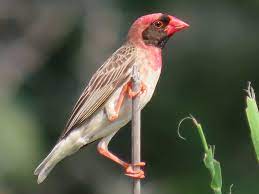
Behavior and Social Structure
One of the most awe-inspiring aspects of the Red-Billed Quelea is its remarkable flocking behavior. These birds are known for forming enormous flocks that can consist of thousands to millions of individuals, making them one of the most abundant bird species on Earth. These massive congregations serve various purposes, including protection from predators, enhanced foraging efficiency, and improved mating opportunities.
The flocking behavior of Red-Billed Queleas is a sight to behold. These vast swarms darken the sky as they move in unison, creating a spectacle that has fascinated both scientists and casual observers for centuries. The coordination within these flocks is awe-inspiring, and they exhibit impressive aerial acrobatics as they navigate their environment.
During the breeding season, male Red-Billed Queleas engage in competitive displays to attract females. They construct intricate, bottle-shaped nests made from grass and reeds, often suspended from tree branches. These nests are not only functional but also serve as a visual indicator of a male's desirability to potential mates.
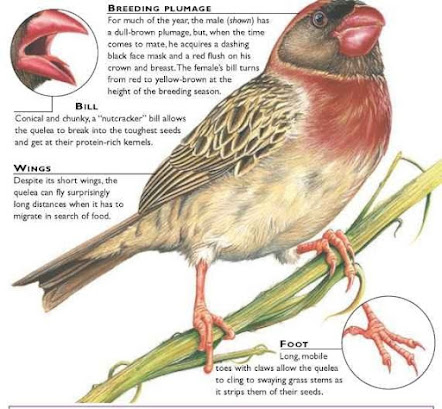
Feeding Habits
Red-Billed Queleas primarily feed on seeds, grains, and grasses. Their diet includes a wide variety of grass species, and they are particularly attracted to grain crops such as sorghum, millet, and rice. Unfortunately, their feeding habits have brought them into conflict with farmers, as large flocks of queleas can cause significant damage to crops, leading to economic losses.
The queleas' foraging behavior is closely tied to their flocking behavior. In these enormous groups, they can quickly deplete a field of its food resources, moving on to the next location en masse. This behavior has earned them a reputation as agricultural pests in some regions, where farmers struggle to protect their crops.
Ecological Significance

Despite their reputation as crop pests, Red-Billed Queleas play a crucial role in the ecosystems they inhabit. Their voracious appetite for grass seeds helps control weed populations and shapes the composition of plant communities. Additionally, their nests provide shelter for other bird species, such as the parasitic finches, which lay their eggs in quelea nests, relying on the quelea parents to raise their young.
Furthermore, queleas serve as a vital source of food for various predators, including birds of prey, snakes, and small carnivores. Their abundance in the wild ensures a consistent food source for these predators, contributing to the stability of the entire food web.
Conservation Status and Threats

The Red-Billed Quelea is currently listed as a species of "Least Concern" on the International Union for Conservation of Nature (IUCN) Red List of Threatened Species. This designation reflects the quelea's wide distribution and large population size. However, this seemingly stable status does not mean that queleas are immune to threats and challenges.
One of the main threats to queleas is habitat loss due to agricultural expansion and urbanization. As human populations grow and landscapes are transformed, queleas face a loss of suitable nesting and foraging areas. Additionally, the large-scale control measures implemented to reduce crop damage, such as poisoning and trapping, can inadvertently impact non-target species and disrupt local ecosystems.
Climate change is another potential threat to Red-Billed Queleas. Alterations in rainfall patterns and temperature can affect the availability of food resources, making it more challenging for queleas to find adequate sustenance. Increased heat stress and reduced access to water can also impact their survival.
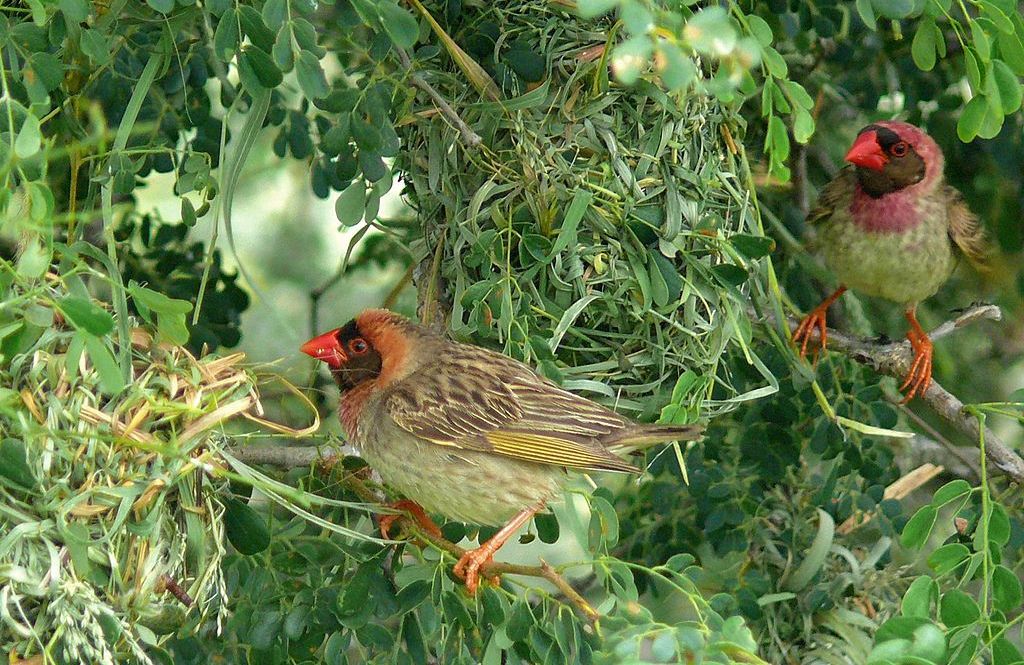
Conservation Efforts
Efforts to conserve Red-Billed Queleas focus on finding a balance between minimizing crop damage and ensuring the species' survival. Integrated pest management (IPM) strategies, which include the use of scarecrows, netting, and early warning systems, have been implemented to mitigate quelea-related crop losses while minimizing harm to the birds.
Promoting sustainable agriculture practices, such as the cultivation of quelea-resistant crop varieties and the provision of supplementary food sources for queleas away from cultivated areas, can help reduce conflict between farmers and these birds. Furthermore, educating local communities about the ecological importance of queleas and the benefits of coexistence can foster greater tolerance and support for their conservation.
Research efforts are ongoing to better understand the quelea's ecology, behavior, and migration patterns. This knowledge is vital for the development of targeted conservation strategies that address specific threats faced by this species.

Conclusion
The Red-Billed Quelea is a remarkable bird that embodies the complexity of coexisting with nature. Its spectacular flocking behavior, striking red beak, and ecological significance make it a species of interest to scientists and nature enthusiasts alike. While it may pose challenges to agriculture in some regions, it also plays a vital role in maintaining the balance of ecosystems and serves as a reminder of the intricate web of life on our planet.
As we continue to explore and understand the Red-Billed Quelea, it is imperative that we prioritize conservation efforts that protect both the species and the livelihoods of those who share their habitat. By finding innovative ways to coexist with these birds, we can ensure that future generations can continue to marvel at the awe-inspiring spectacle of the Red-Billed Quelea in the wild.
#2
The American Robin: A Beloved Symbol of Spring
The American Robin (Turdus migratorius) is a familiar and beloved bird species that heralds the arrival of spring across North America. Often associated with the renewal of life, these iconic birds with their distinctive reddish-orange breasts are cherished by birdwatchers, homeowners, and nature enthusiasts alike. In this article, we will explore the fascinating world of the American Robin, delving into its characteristics, behaviors, ecological significance, and its unique place in North American culture and folklore.
Taxonomy and Distribution
The American Robin belongs to the family Turdidae, which includes thrushes. Within this family, it is classified under the genus Turdus, which comprises various thrush species found around the world. The American Robin is a member of the migratory thrushes, and its scientific name, Turdus migratorius, reflects its migratory habits.
The American Robin is native to North America and is widely distributed throughout the continent, from Alaska and northern Canada to southern Mexico. Its range extends from the eastern seaboard to the Pacific coast, making it one of the most recognizable and widespread bird species in North America.
Physical Characteristics
American Robins are medium-sized birds with a distinctive appearance. Their plumage is primarily gray-brown on the upperparts and wings, while their underparts, including the throat and breast, are a rich reddish-orange color. This striking coloration on their breast is a key feature that sets them apart from other birds.
The American Robin has a white eye ring and a thin, dark stripe that runs through its eye, giving it a sharp and alert expression. Its bill is yellow, and its legs are long and slender. Adult American Robins typically measure around 9-11 inches (23-28 centimeters) in length, and their wingspan ranges from 12-16 inches (30-41 centimeters).
Behavior and Diet
American Robins are known for their diurnal (daytime) activity and are early risers, often beginning their foraging activities at dawn. Their diet consists primarily of insects, earthworms, and other invertebrates, making them valuable contributors to pest control in gardens and lawns. They are also known to consume various fruits, berries, and small fruits, particularly during the winter months when insects become scarce.
One of the most iconic behaviors of the American Robin is its distinctive "hopping-run" method of foraging. They will hop along the ground, pause to listen and watch for prey, then quickly run a short distance and repeat the process. This behavior is particularly effective for locating earthworms beneath the soil and capturing insects in leaf litter.
Migratory Patterns
American Robins are migratory birds, and their movements are closely tied to seasonal changes. They are among the first birds to return to their breeding grounds in North America, often signaling the arrival of spring. In northern regions, they migrate south for the winter, seeking warmer climates and abundant food sources.
The migratory patterns of American Robins can vary widely depending on geographic location and local weather conditions. In some parts of their range, they may be year-round residents, while in others, they migrate seasonally.
Breeding and Nesting
During the breeding season, which typically begins in early spring, American Robins are known for their melodious songs, which consist of a series of cheerful, melodious phrases. These songs are used by males to establish territories and attract mates. Once a pair has formed, they work together to select a suitable nesting site.
American Robins are known for their adaptability when it comes to nesting locations. They often build their nests in a wide range of places, including trees, shrubs, ledges, and even on buildings and other human-made structures. The nest is typically constructed using a combination of mud, grass, leaves, and twigs, and it is lined with finer materials such as grass and feathers.
The female American Robin lays a clutch of eggs, usually consisting of 3-5 eggs, which are pale blue-green in color and speckled. She incubates the eggs for approximately two weeks until they hatch. After hatching, both parents take turns feeding the chicks, which fledge and leave the nest after about two weeks.
Ecological Significance
The American Robin plays a vital role in its ecosystem as both a consumer of insects and a distributor of seeds. By preying on insects and invertebrates, they help control pest populations, benefiting both gardens and agricultural fields. Additionally, their consumption of fruits and berries contributes to the dispersal of seeds, aiding in plant propagation and forest regeneration.
In winter, American Robins often form loose flocks that move in search of food sources. These flocks can have a significant impact on local ecosystems by redistributing seeds and facilitating the spread of plants. Their interactions with other species, including squirrels and other birds, can influence the composition and dynamics of the wildlife communities in which they reside.
Cultural and Folkloric Significance
The American Robin holds a special place in North American culture and folklore, symbolizing the arrival of spring and the renewal of life. Its association with the changing seasons and its cheerful song have made it a beloved bird for generations.
In many indigenous cultures, the American Robin is revered as a symbol of transformation and renewal. Its migratory patterns mirror the cyclical nature of life, death, and rebirth. Additionally, the vibrant red breast of the American Robin has led to its association with fire and the sun in some Native American traditions.
In American folklore, the American Robin is often celebrated as a harbinger of spring, with the saying "The early bird gets the worm" reflecting its early morning foraging habits. In some regions, the sighting of the first American Robin of the year is seen as a sign that winter is coming to an end.
Conservation Status and Threats
The American Robin is not considered a threatened or endangered species, and its population remains stable across much of its range. However, like many bird species, it faces several threats and challenges.
Habitat loss and fragmentation due to urbanization and development can disrupt nesting and foraging habitats for American Robins. Pesticide use in agriculture can also have adverse effects on the availability of insects, a primary food source for these birds. Climate change, with its unpredictable weather patterns and altered insect populations, can impact their migratory patterns and availability of food.
Conclusion
The American Robin, with its vibrant red breast and sweet song, is an iconic and beloved symbol of spring across North America. Its presence in our gardens, parks, and forests serves as a reminder of the cyclical nature of life and the changing of the seasons. As we continue to appreciate and protect these charming birds, we ensure that future generations can continue to experience the joy of seeing the American Robin return each year, heralding the arrival of spring and the promise of new beginnings.
#3
The Common Starling: Nature's Aerial Acrobat and Vocal Maestro
The Common Starling, scientifically known as Sturnus vulgaris, is a captivating and highly adaptable bird species that has long intrigued both ornithologists and casual observers. Known for its stunning aerial displays, remarkable vocal talents, and distinctive iridescent plumage, the Common Starling holds a unique place in the avian world. In this article, we will explore the fascinating world of the Common Starling, delving into its characteristics, behaviors, ecological significance, and its enduring presence in the cultural and natural landscapes of Europe and beyond.
Taxonomy and Distribution
The Common Starling belongs to the family Sturnidae, a group of birds commonly referred to as starlings. These birds are known for their adaptability and diverse habitats, and the Common Starling is no exception. Its scientific name, Sturnus vulgaris, reflects both its genus and species, and it is part of a group of approximately 120 species of starlings worldwide.
The Common Starling has a vast distribution range that extends across Europe, Asia, and parts of North Africa. While it is native to Europe, it has been introduced to various regions, including Australia, North America, and New Zealand, where it has established populations. In many areas, the Common Starling is a common and abundant species.
Physical Characteristics
The Common Starling is a medium-sized bird with a distinctive appearance. Adults measure around 20-23 cm (8-9 inches) in length and weigh approximately 60-100 grams (2-3.5 ounces). One of its most striking features is its iridescent plumage, which can appear green, purple, or black, depending on the angle of the light.
During the breeding season, adult starlings develop speckles and spots on their otherwise sleek, dark plumage. Their eyes are relatively small and dark, contrasting with the bright yellow coloration of their beak. Starlings have strong legs and sharp claws adapted for grasping branches and perches.
Behavior and Vocalizations
Common Starlings are known for their gregarious and sociable nature. They often gather in large flocks, especially during the non-breeding season, forming mesmerizing aerial displays known as murmurations. These synchronized aerial acrobatics are a sight to behold, with thousands of starlings twisting and turning in perfect harmony, creating intricate shapes in the sky. The primary purpose of murmurations is to confuse and deter predators, making it challenging for any single predator to target an individual bird within the swirling mass.
Another remarkable aspect of the Common Starling is its vocal prowess. These birds are accomplished mimics, capable of imitating a wide range of sounds, including other bird species, mechanical noises, and even human-made sounds. Their melodious and complex songs, punctuated by clicks, whistles, and chirps, play a significant role in attracting mates and establishing territories during the breeding season.
Breeding and Nesting
Common Starlings typically breed in the spring and early summer, with nesting occurring in cavities or crevices in trees, cliffs, buildings, and even nest boxes provided by humans. The female starling lays a clutch of eggs, usually numbering 4-7, which she incubates for approximately 12-14 days. After hatching, both parents take turns feeding the chicks, which fledge and leave the nest after about 20-30 days.
One of the unique aspects of Common Starling parenting is the use of "nestling taxis." When the chicks are young, the parents regurgitate food directly into the mouths of their offspring. As the chicks grow and become more active, the parents lead them away from the nest site and forage together as a family unit.
Feeding Habits
Common Starlings have an omnivorous diet, which means they consume a wide variety of foods. Their primary sources of nutrition include insects, earthworms, and other invertebrates, particularly during the breeding season when these protein-rich foods are essential for feeding their young. They use their sharp beaks to probe the soil for earthworms and forage in grassy areas for insects and larvae.
Outside of the breeding season, Common Starlings shift their diet to include fruits, berries, and grains. Their adaptability to different food sources has enabled them to thrive in various environments, from farmlands and urban areas to natural grasslands and woodlands.
Ecological Significance
Common Starlings play a crucial role in their ecosystems, contributing to both pest control and seed dispersal. By consuming insects and invertebrates, they help regulate pest populations, benefiting agriculture and maintaining the balance of local food webs. Additionally, their consumption of fruits and berries aids in seed dispersal, promoting the growth of various plant species.
Murmurations, the mesmerizing aerial displays performed by Common Starlings, have ecological significance as well. They deter potential predators, such as birds of prey, by making it challenging for them to single out an individual starling from the swirling flock. This collective defense mechanism enhances the survival of the entire group.
Cultural Significance and Conservation
The Common Starling has a rich history of cultural significance in Europe, where it is often considered a symbol of abundance and renewal. In some regions, it is associated with folklore and myth, while in others, it is celebrated for its impressive vocal abilities.
Despite its ubiquity and cultural significance, the Common Starling faces several conservation challenges. Populations in some areas have experienced declines, possibly due to factors such as habitat loss, competition for nesting sites, and changes in agricultural practices that affect food availability. Conservation efforts have been initiated in certain regions to monitor and protect starling populations.
Conclusion
The Common Starling, with its stunning plumage, captivating murmurations, and remarkable vocal talents, is a bird species that continues to captivate the hearts and minds of those who observe it. Its adaptability, both in terms of behavior and diet, has allowed it to thrive in diverse environments around the world. While facing certain conservation challenges in some areas, the Common Starling remains an integral part of the natural and cultural tapestry of Europe and beyond. As we continue to appreciate and understand these remarkable birds, we ensure their place in our shared natural heritage for generations to come.
#4
The Common Swift: Master of the Skies and Symbol of Freedom
The Common Swift, known scientifically as Apus apus, is a remarkable bird that has captured the fascination of bird enthusiasts and scientists alike. Renowned for its exceptional aerial abilities, incredible migratory journeys, and unique way of life, the Common Swift is a testament to the wonders of the avian world. In this article, we will explore the captivating world of the Common Swift, delving into its characteristics, behaviors, ecological significance, and its symbolic role as a harbinger of summer and freedom.

\
Taxonomy and Distribution
The Common Swift belongs to the family Apodidae, which includes swifts and swiftlets. This family is known for its highly adapted aerial lifestyle, characterized by long wings, short legs, and strong flight muscles. Within the genus Apus, there are several species of swifts, but the Common Swift, Apus apus, is one of the most widespread and well-known.
The Common Swift has a broad distribution range, inhabiting a vast portion of Europe, Asia, and parts of Africa. These birds are known for their transcontinental migrations, traveling great distances between their breeding grounds in Europe and their wintering areas in Africa.
Physical Characteristics
The Common Swift is a medium-sized bird with a streamlined and distinctive appearance suited for a life in the air. It has long, slender wings, a forked tail, and a dark brown-black plumage that provides excellent camouflage against the sky. One notable feature of the Common Swift is its almost complete lack of sexual dimorphism; males and females are nearly identical in appearance.
The swift's legs are short and adapted for clinging to vertical surfaces, making it challenging for them to walk or perch on horizontal branches or wires. Their feet are equipped with strong, curved claws that help them grip onto nest sites. Swifts have large eyes that provide excellent low-light vision, an essential adaptation for their nocturnal foraging habits.
Behavior and Flight
The Common Swift is a true master of the skies, spending nearly its entire life in flight. Its wingbeat is incredibly rapid, and swifts are capable of sustained and agile flight, which allows them to capture insects on the wing with precision. They are known to consume a wide variety of flying insects, including flies, moths, and beetles.
Unlike many birds, swifts are highly adapted to an aerial existence and are rarely seen perching. Even when they breed, they remain in the air, descending to their nests only to feed their chicks or roost for the night. This unique lifestyle is a testament to their extraordinary flying abilities.
Breeding and Nesting
Common Swifts are migratory birds that breed during the summer months in Europe and parts of Asia. They are cavity nesters, seeking out suitable nesting sites in urban areas, cliffs, and rock crevices. Their nests are constructed using a combination of materials, such as feathers, twigs, and their own saliva, which hardens to form a cup-shaped nest structure.
One of the most fascinating aspects of swift biology is their adaptation to aerial courtship and mating. Swifts engage in spectacular aerial displays, with males performing breathtaking maneuvers and vocalizations to attract females. Once a pair forms, they engage in high-speed chases, often locking talons in mid-air.
After mating, the female lays a clutch of 2-3 eggs, which she incubates for about 19-20 days. Both parents take turns incubating the eggs and feeding the chicks once they hatch. Nestlings typically fledge and leave the nest after about 40-45 days, during which they develop the flight skills necessary for their nomadic existence.
Migratory Patterns
The Common Swift's migratory patterns are awe-inspiring. As summer wanes in Europe, swifts embark on an incredible journey southward to their wintering grounds in sub-Saharan Africa. These migratory flights cover thousands of kilometers, and swifts travel entirely by day and night, pausing only to feed and rest.
One remarkable aspect of swift migration is their ability to sleep while flying. They alternate hemispheric brain activity to allow one hemisphere to rest while the other remains alert, ensuring they can continue to fly safely during their long journeys.
During the winter months, Common Swifts inhabit regions with more abundant food sources, such as insects and other aerial prey. In Africa, they may roost in caves, crevices, or other sheltered locations while awaiting the return of spring to begin their northward migration.
Ecological Significance
Common Swifts play a crucial role in their ecosystems as top predators of flying insects. By controlling insect populations, they help maintain the balance of local ecosystems and provide essential pest control services, benefiting both natural habitats and agricultural areas.
Furthermore, their ability to fly great distances and access remote areas during migration allows them to serve as potential indicators of environmental changes. Studying their migratory patterns and behavior can provide valuable insights into climate change and other ecological shifts affecting our planet.
Cultural Symbolism
The Common Swift has long held a special place in human culture and symbolism. In many European countries, the return of swifts from their African wintering grounds is seen as a harbinger of summer. The ancient Greeks believed that swifts brought good luck, while in various cultures, their aerial acrobatics and endurance in flight have made them symbols of freedom and transcendence.
The association of swifts with freedom is also reflected in their scientific name, Apus apus, where "Apus" is derived from the Greek word for "without feet," underscoring their near-constant aerial existence. Their swift and graceful flight patterns have inspired poets and artists throughout history, serving as metaphors for swiftness, agility, and the human desire for liberation.
Conservation Status and Threats
The Common Swift is not currently classified as a globally threatened species, and its populations are considered stable. However, like many bird species, it faces various threats and challenges.
One significant threat to swift populations is the loss of suitable nesting sites. Modern building construction often seals off traditional nesting sites in eaves and rooftops, leaving swifts with fewer places to raise their young. Conservation efforts have been initiated in some regions to promote the installation of artificial nesting boxes to provide safe and accessible nesting sites for these birds.
Additionally, the use of pesticides in agriculture can impact the availability of flying insects, the primary food source for swifts. Reduced insect populations can affect the health and reproductive success of swifts during the breeding season.
Conclusion
The Common Swift, with its unmatched aerial abilities, migratory feats, and cultural symbolism, is a testament to the wonder and adaptability of the avian world. Their existence, characterized by constant flight and nomadic migrations, challenges our understanding of life on Earth and reminds us of the boundless possibilities of life in the skies. As we continue to appreciate and protect these remarkable birds, we ensure their place in our shared natural and cultural heritage, symbolizing both the freedom of the skies and the delicate balance of our ecosystems.
#5
The Mourning Dove: A Gentle Symbol of Peace and Solace
The Mourning Dove, scientifically known as Zenaida macroura, is a widely recognized and beloved bird species that holds a special place in the hearts of many bird enthusiasts and nature lovers. With its soothing cooing calls and graceful presence, the Mourning Dove symbolizes peace and solace in the avian world. In this article, we will explore the charming world of the Mourning Dove, highlighting its characteristics, behaviors, ecological importance, and its role as a cherished symbol of serenity.
Taxonomy and Distribution
The Mourning Dove is a member of the family Columbidae, which includes doves and pigeons. Within this family, it belongs to the genus Zenaida, and its scientific name, Zenaida macroura, reflects its species. The Mourning Dove is native to North and Central America, and its range extends from southern Canada to Panama. Its adaptability has allowed it to thrive in a wide variety of habitats, from urban areas to rural landscapes.
Physical Characteristics
Mourning Doves are medium-sized birds with distinctive features that set them apart from other dove species. They have slender bodies with soft, muted colors. Their plumage is primarily gray-brown, with lighter shades on the underside and a subtle pinkish hue on their chest and neck. This delicate coloring provides them with excellent camouflage in their natural habitats.
One of the most distinguishing characteristics of the Mourning Dove is its long, pointed tail, which features white edges. This tail design is particularly noticeable during flight. Mourning Doves also possess deep red or maroon eyes, which provide a striking contrast to their subtle plumage.
Behavior and Vocalizations
Mourning Doves are known for their gentle and peaceful demeanor, which is reflected in their soft cooing calls. Their call, often described as a mournful "coo-AH, coo, coo," is a hallmark of their presence and is associated with tranquility and serenity. These birds are typically more active during the early morning and late afternoon, with their calls resonating through the air as they forage for food.
In addition to their melodious coos, Mourning Doves are skilled flyers, capable of swift and agile flight. Their rapid wingbeats create a distinctive whistling sound, further enhancing their allure. When in flight, their long, pointed tails are prominently displayed, making them easily recognizable.
Breeding and Nesting
Mourning Doves are known for their monogamous and devoted mating pairs. They breed throughout the year, with some populations raising multiple broods in a single season. Nesting sites are carefully chosen, often in trees, shrubs, or even on building ledges. The female constructs a flimsy nest using twigs and grasses, while the male provides materials, such as nesting materials and food.
The female typically lays two white, elliptical eggs, which are incubated by both parents for about two weeks. After hatching, the parents take turns feeding the chicks a special secretion known as "pigeon milk," a highly nutritious substance produced in their crop. The young birds fledge after approximately two weeks and are gradually weaned off the pigeon milk, transitioning to a diet of seeds and grains.
Diet and Feeding Habits
Mourning Doves are primarily granivorous, meaning they feed on seeds and grains. Their diet consists of a wide variety of seeds, including those from grasses, weeds, and cultivated crops like sunflowers and corn. They are also known to consume small fruits, insects, and invertebrates on occasion.
Mourning Doves are ground feeders, foraging for food on the earth's surface. They often form small feeding flocks and are commonly seen in open areas such as fields, gardens, and urban landscapes. Their ability to efficiently process seeds from food sources such as feeders and grain fields makes them an essential part of the ecosystem's seed dispersal process.
Ecological Significance
Mourning Doves play a vital role in their ecosystems by helping to control weed populations and contributing to the dispersal of seeds. By consuming seeds and grains, they help prevent the overgrowth of certain plant species, which can negatively impact other vegetation. Additionally, their consumption of fruits and insects can contribute to the spread of plant seeds and help control insect populations.
Despite their important ecological roles, Mourning Doves face various challenges in the modern world. The loss of suitable nesting and foraging habitats due to urbanization and agricultural development can limit their ability to find food and raise their young. However, their adaptability to human-made environments, including city parks and suburban gardens, has allowed them to thrive in the midst of urbanization.
Cultural Symbolism
Throughout history, Mourning Doves have been revered as symbols of peace, love, and solace in numerous cultures and traditions. Their gentle cooing calls and peaceful demeanor have inspired poets, writers, and artists, symbolizing the serenity of nature and the comforting embrace of loved ones.
In Christianity, the Mourning Dove has been associated with the Holy Spirit, symbolizing peace and purity. In Native American cultures, these birds are often considered messengers of love and hope. In various folklore and literature, Mourning Doves have been celebrated for their calming presence and their ability to provide solace during times of grief and hardship.
Conservation Status and Threats
The Mourning Dove is one of the most abundant and widespread bird species in North America, and it is not currently considered a threatened species. Their adaptability to a range of habitats and their ability to breed multiple times a year contribute to their stable populations.
Nonetheless, Mourning Doves, like many other bird species, are not immune to threats. Habitat loss, pesticides, and collisions with windows and buildings can pose risks to their populations. Conservation efforts aimed at preserving their natural habitats and reducing hazards, such as bird-friendly building designs, are essential to ensuring the continued well-being of these beloved birds.
Conclusion
The Mourning Dove, with its soft coos, graceful flight, and peaceful demeanor, serves as a gentle reminder of the tranquility and beauty of the natural world. As a symbol of peace and solace in various cultures, it holds a special place in the hearts of many. By appreciating and protecting these charming birds and their habitats, we can continue to enjoy their presence and ensure that they remain a source of comfort and serenity for generations to come.
#6
The Ring-necked Pheasant: A Vibrant Emblem of Wildlife Diversity
The Ring-necked Pheasant (Phasianus colchicus) is a striking and charismatic bird species that has left an indelible mark on the world of wildlife enthusiasts and conservationists. Known for its vibrant plumage and captivating behaviors, this pheasant species represents a fascinating facet of avian diversity. In this article, we will explore the unique world of the Ring-necked Pheasant, shedding light on its characteristics, behaviors, ecological significance, and its role as both a game bird and a symbol of vibrant wildlife diversity.
Taxonomy and Distribution
The Ring-necked Pheasant belongs to the family Phasianidae, a diverse group that includes pheasants, partridges, and quails. Within this family, the Ring-necked Pheasant is classified under the genus Phasianus and species colchicus. Native to East Asia, including regions of China and Russia, the species was introduced to North America during the 19th century for sport hunting.
Today, the Ring-necked Pheasant is found in many parts of North America, particularly in the United States and Canada. It has become well-established in various states and provinces, thanks to its adaptability to a range of habitats.
Physical Characteristics
The Ring-necked Pheasant is known for its striking and colorful plumage, which varies between males and females. Male pheasants, known as roosters, exhibit the most vibrant and eye-catching colors. Their bodies are adorned with rich coppery-gold feathers, a striking white ring around their necks, and iridescent green and purple markings on their heads. Additionally, roosters boast long, distinctive tail feathers that contribute to their overall visual appeal.
In contrast, female Ring-necked Pheasants, called hens, have more subdued and cryptic plumage. Their feathers are primarily brown and mottled, which provides excellent camouflage when they are nesting or foraging on the ground. Hens are generally smaller and lack the ornate plumage of their male counterparts.
Behavior and Habitat
Ring-necked Pheasants are terrestrial birds that spend most of their time on the ground, foraging for food and seeking shelter. They are often found in a variety of habitats, including agricultural fields, grasslands, wetlands, and woodland edges. Their adaptability allows them to thrive in different environments.
During the breeding season, male pheasants become highly territorial and engage in elaborate courtship displays. These displays may involve strutting, wing flapping, and vocalizations, all aimed at attracting a mate. The distinctive and loud cackling calls of male pheasants echo through the landscape during this time, contributing to the sights and sounds of rural areas.
Breeding and Nesting
The Ring-necked Pheasant's breeding season typically occurs in the spring and early summer. During this time, the male establishes a territory and attracts one or more females. After mating, the female selects a concealed nesting site in tall grasses or vegetation. She constructs a shallow depression in the ground and lines it with grass and leaves.
A typical clutch of Ring-necked Pheasant eggs consists of around 10-12 eggs, which are pale tan or greenish-brown in color. The female incubates the eggs for approximately three weeks, and once they hatch, she cares for the chicks, leading them to food sources and providing protection from predators.
Ecological Significance
Ring-necked Pheasants play a significant role in their ecosystems. They are omnivorous birds, consuming a diverse diet that includes seeds, grains, insects, and plant matter. Their foraging behavior contributes to the control of insect populations, seed dispersal, and weed management.
Additionally, Ring-necked Pheasants are an essential part of the food chain. They serve as prey for a variety of predators, including raptors, foxes, and coyotes, which helps maintain balanced wildlife populations.
Conservation and Game Bird Status
The Ring-necked Pheasant holds a unique place in the world of game birds. Due to its popularity among hunters, it has been widely introduced and managed in North America. Pheasant hunting is a cherished tradition in many regions, contributing to wildlife management and conservation efforts through hunting license fees and habitat restoration projects.
To support healthy pheasant populations, conservationists work to maintain and restore suitable habitats, including grasslands and wetlands. These efforts not only benefit pheasants but also numerous other wildlife species that share their habitats.
Symbol of Vibrant Wildlife Diversity
Beyond its ecological role and significance as a game bird, the Ring-necked Pheasant symbolizes the rich diversity of wildlife on our planet. Its stunning plumage, courtship rituals, and adaptation to various habitats showcase the endless wonders of the natural world. For birdwatchers and nature enthusiasts, observing a colorful rooster in full display or the quiet presence of a hen in a grassy field can be a testament to the beauty and complexity of our ecosystems.
Conclusion
The Ring-necked Pheasant, with its resplendent plumage, distinctive behaviors, and significance as both a game bird and a symbol of wildlife diversity, continues to captivate the hearts and minds of those who appreciate the wonders of the natural world. Its presence in North America is a testament to the adaptability of wildlife and the enduring fascination we hold for the creatures that share our landscapes. As we cherish and protect these vibrant birds, we celebrate the rich tapestry of life on Earth and our responsibility to safeguard it for future generations.






:max_bytes(150000):strip_icc()/am-robin-594ec95a3df78cae81dca55a.jpg)
:max_bytes(150000):strip_icc()/american-robin-5953f92a5f9b584bfef360fc.jpg)
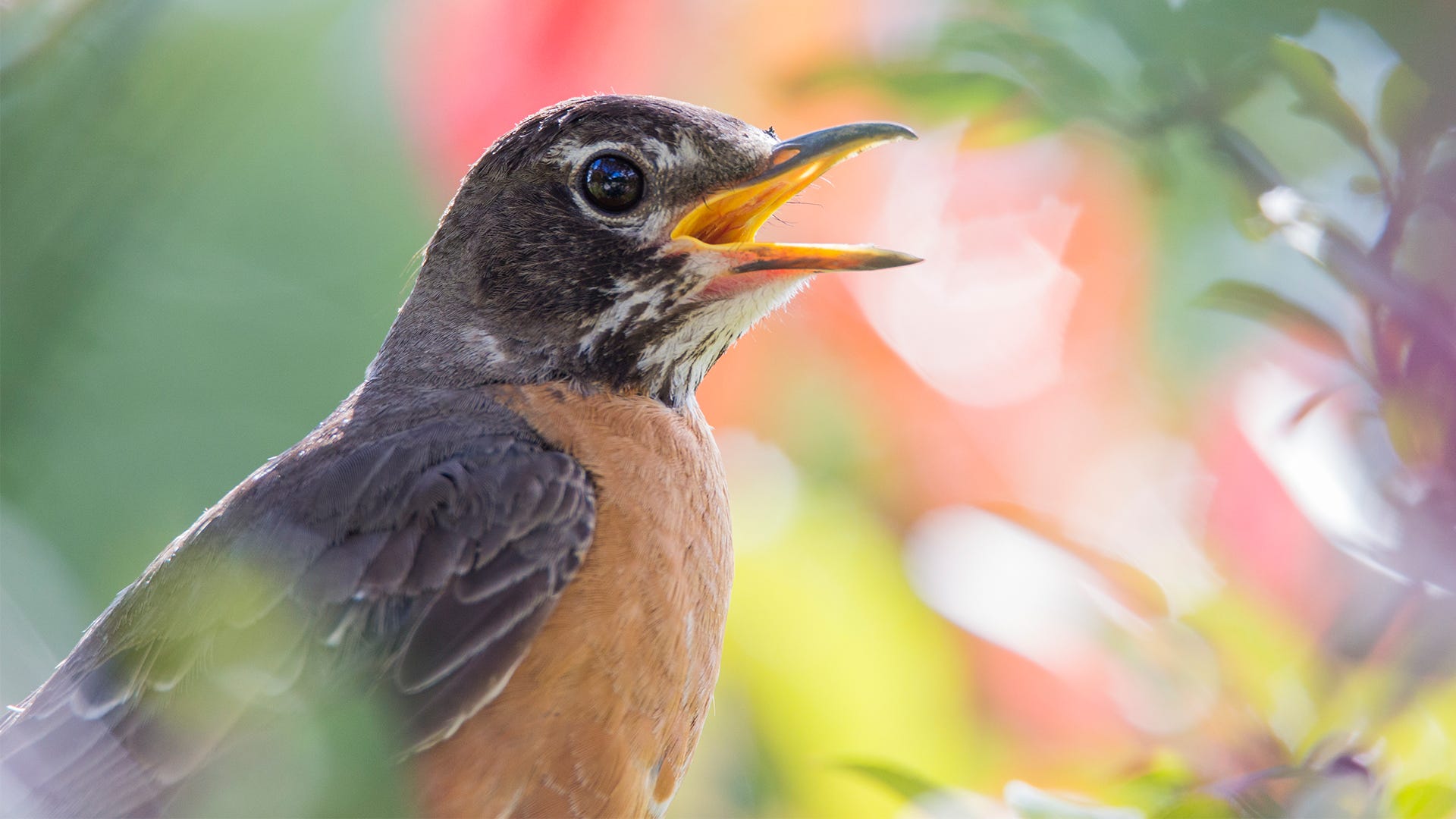
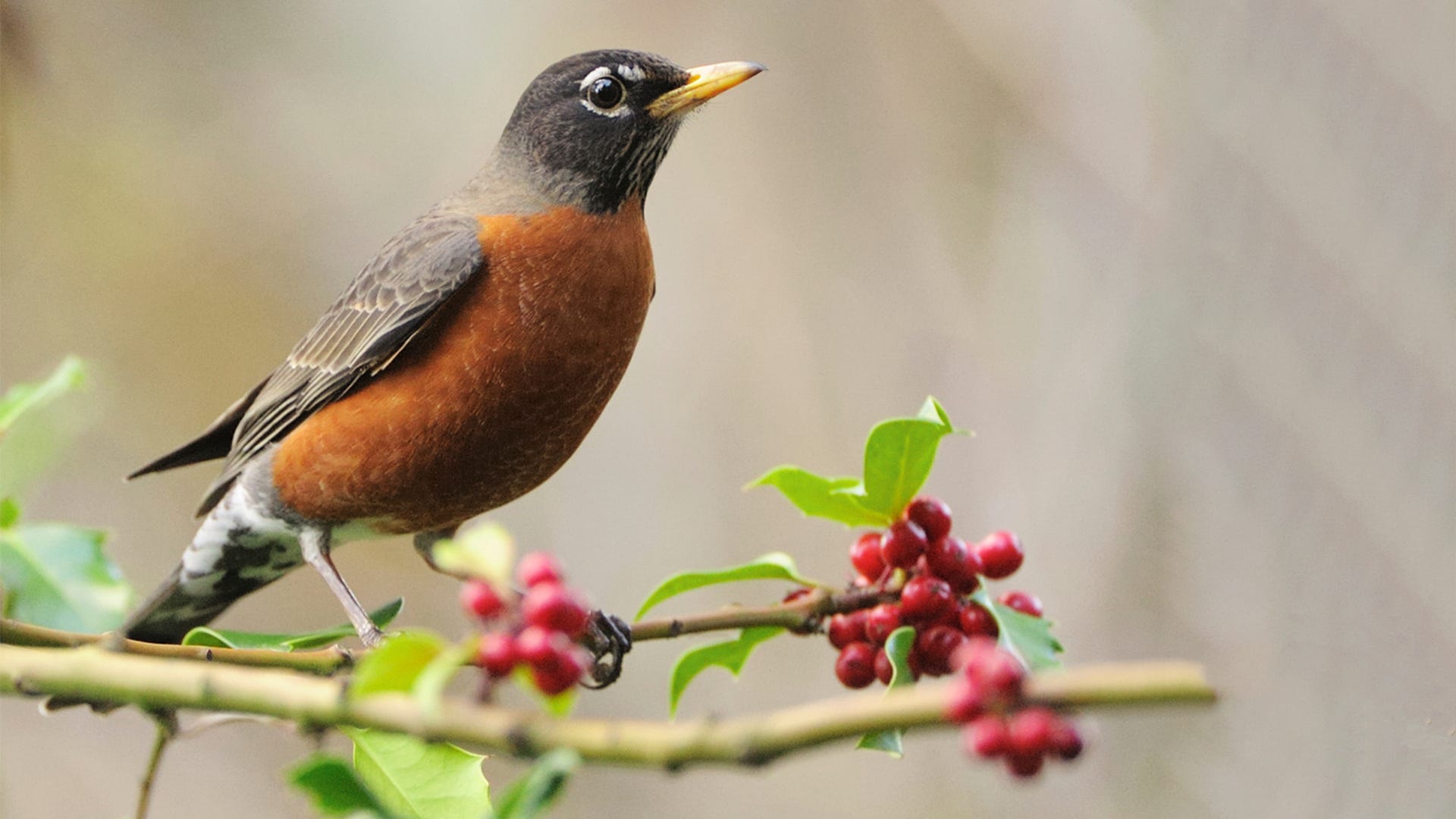

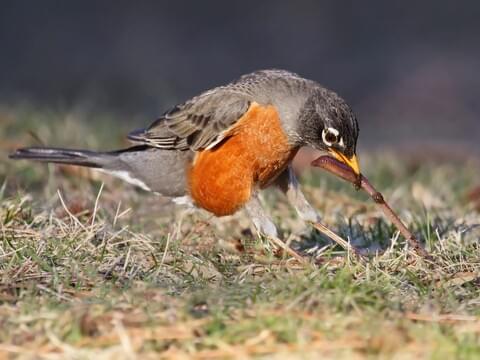
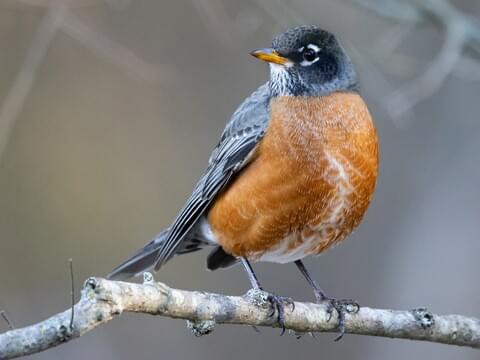






 \
\






:max_bytes(150000):strip_icc()/mourning-dove-58a6daf65f9b58a3c9161352.jpg)
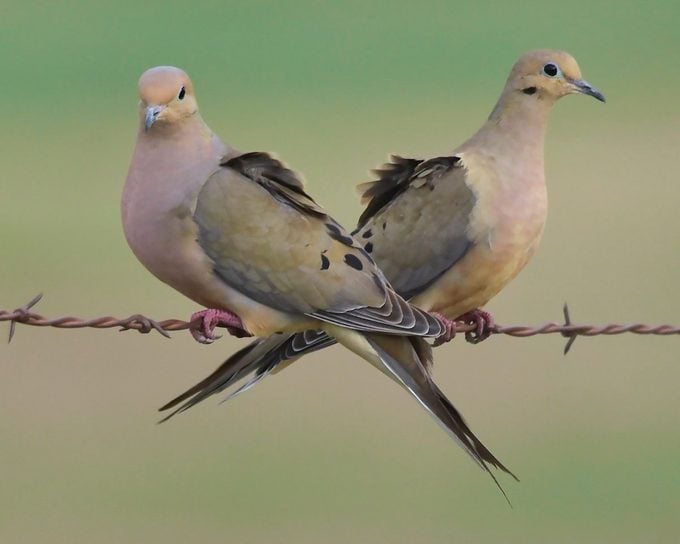
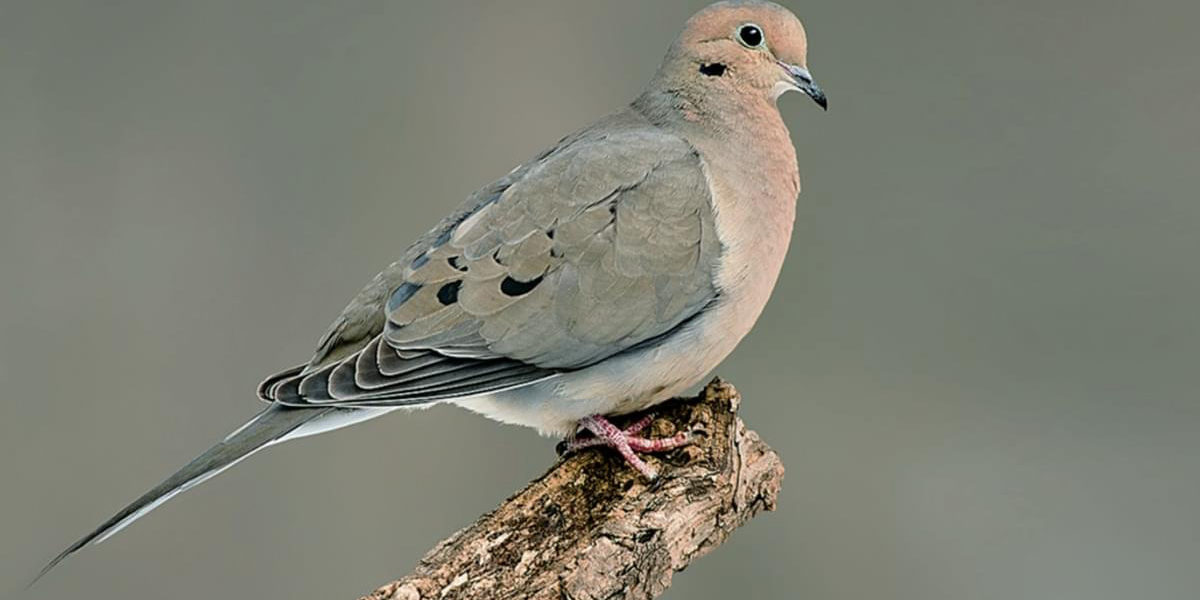
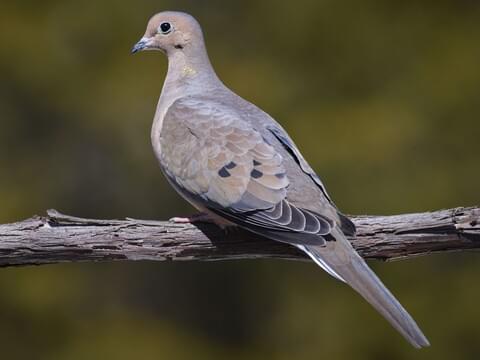




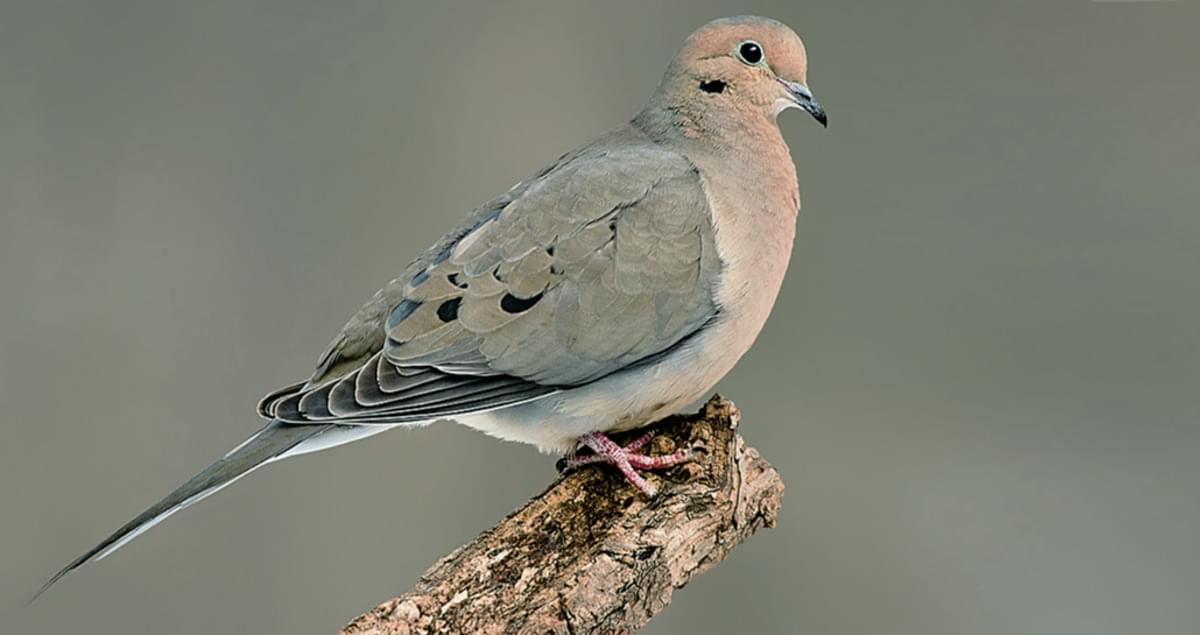

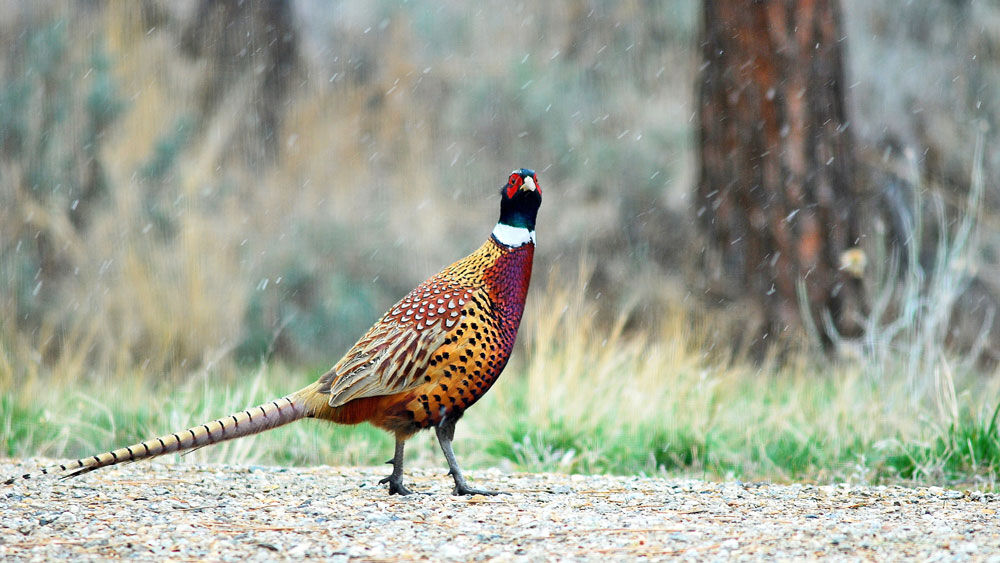
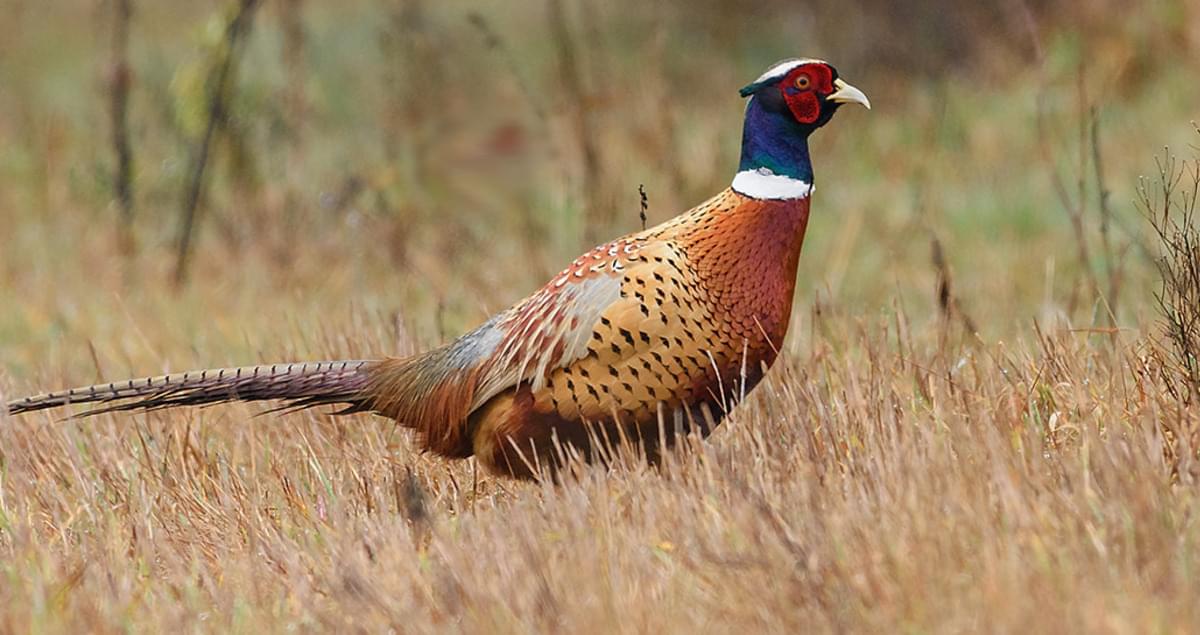
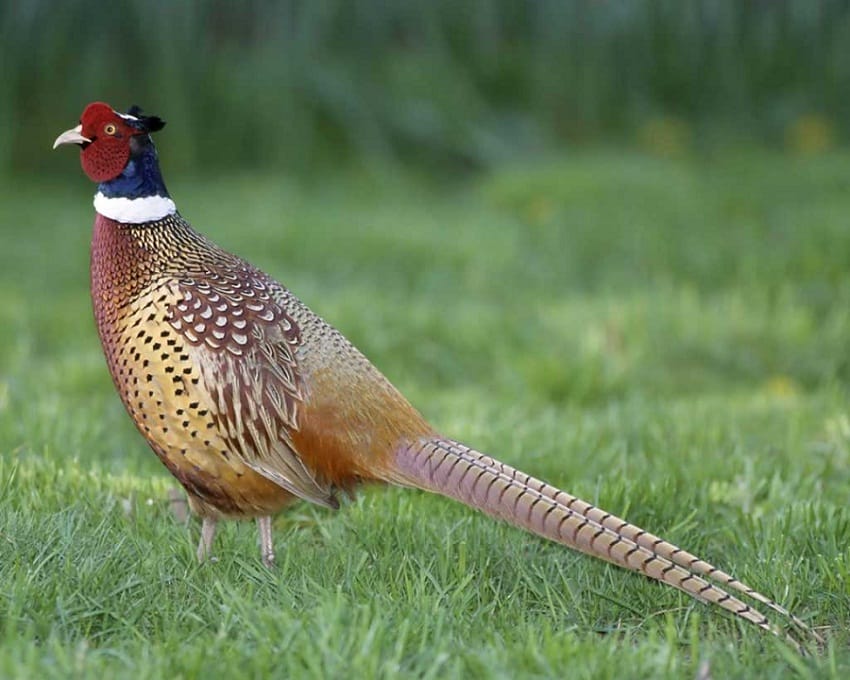





No comments